Nvidia’s Foray into Robotics: Pioneering the Next Trillion-Dollar Industry
Can Nvidia redefine the future by pioneering the next significant leap in robotics, a sector poised to become a trillion-dollar industry? Nvidia’s strategic expansion into the robotics market suggests a dynamic shift in technological landscapes. The company’s CEO, Jensen Huang, has notably described this era as ‚The Decade of Robotics.‘ How will this influence global industries, and what opportunities does this create?
The Decade of Robotics: Nvidia’s Vision
In a compelling statement at the Viva Tech Congress 2025, Jensen Huang highlighted how the 2020s will be marked by robotics, autonomous vehicles, and self-operating machines. Nvidia aims to transcend its role as a mere chip developer to become a comprehensive provider of hardware and software platforms essential for robotics and artificial intelligence (AI). This visionary approach seeks to form the ‚brains and nervous systems‘ for future autonomous systems across various sectors, including automotive, logistics, and manufacturing.[1]
Technological Foundations: Nvidia Isaac and Beyond
Nvidia’s technological advancements are significantly bolstered by the Nvidia Isaac™ platform and proprietary AI algorithms like Isaac GR00T. This ecosystem is meticulously designed to enhance adaptive, autonomous manufacturing, and material handling processes. Furthermore, Europe has become home to the first Industrial AI Cloud, a facility equipped with 10,000 GPU units aiding European manufacturers in robotics and digital twin applications.[2]
At the Automatica 2025 expo, Nvidia revealed new partnerships aiming to heighten the real-world application of robotics. Integrations with platforms such as Intrinsic Flowstate and Nvidia Omniverse bring about realistic simulations and hasten the development of complete factory digital twins.[3]
Seizing Market Opportunities
Investments in AI and robotics are estimated to reach several hundred billion dollars globally. Through AI-driven robotics, Nvidia seeks to address issues like labor shortages, rising production costs, and the demand for flexible manufacturing systems. Europe and the U.S. are at the forefront of such industrial transformations, driven by policy and innovation efforts.
Research Innovations: From AI to Humanoids
Nvidia’s research department continuously advances in multimodal generative AI and synthetic data generation, which innovate methods for training autonomous systems. Among the primary focuses are humanoid robots and collaborative systems, aimed at enabling machines that operate more independently and flexibly.[4]
Challenges and Industry Discussions
While the technological feasibility of these advancements is impressive, they raise essential discussions around privacy, changes in job landscapes, and regulatory issues regarding autonomous machines. Nvidia positions itself as an enabler, promoting development through open access to model platforms and cloud infrastructure.
As Nvidia charts the path toward a future envisioned around robotics and AI, the potentials and pitfalls are vast. On the one hand, there’s the promise of revolutionizing industries with increased efficiency and adaptive capabilities. On the other, questions about job displacement, ethical concerns, and regulatory frameworks loom. This evolving landscape offers both hope and challenge, setting the stage for robust discussions and innovation in the years to come.
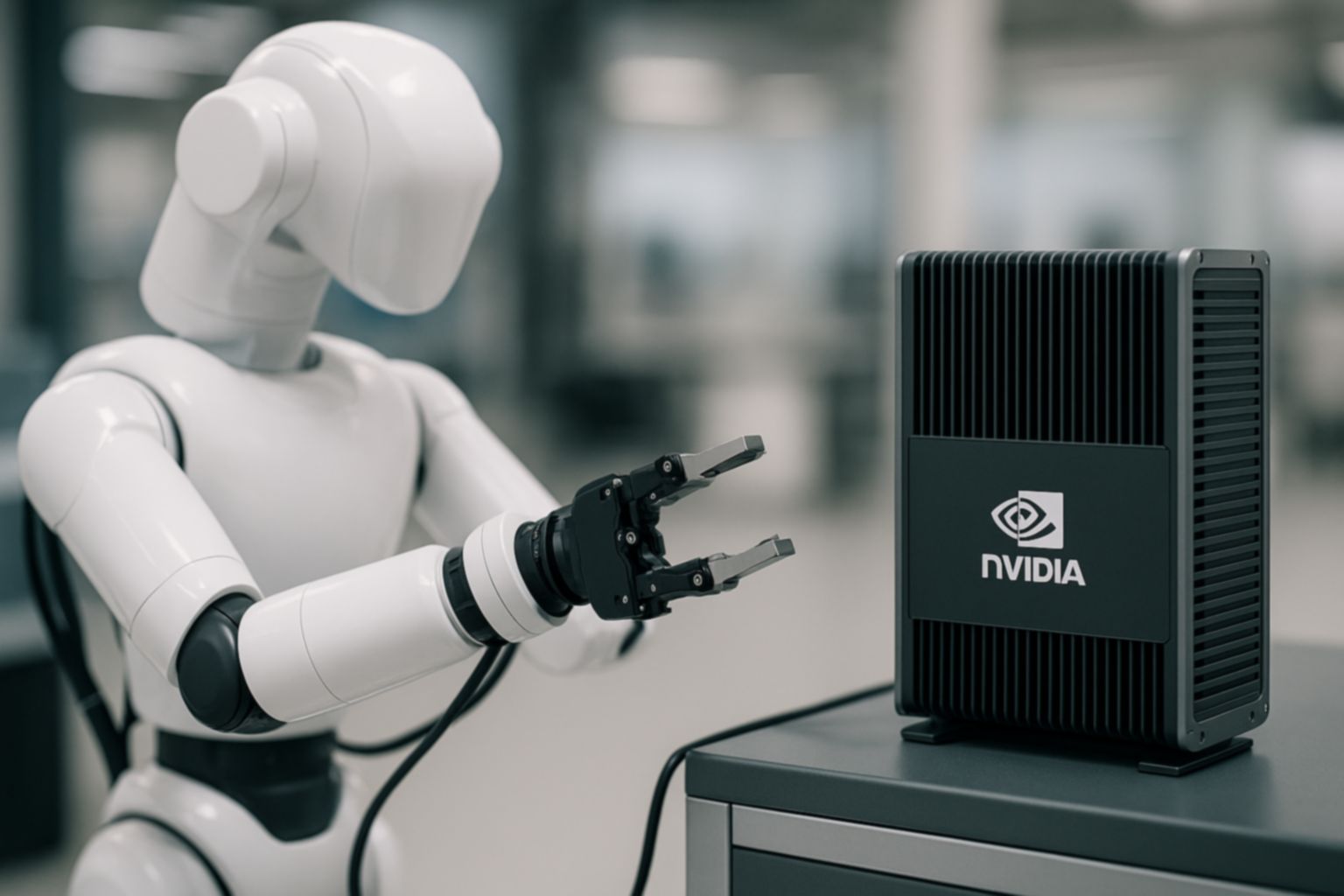

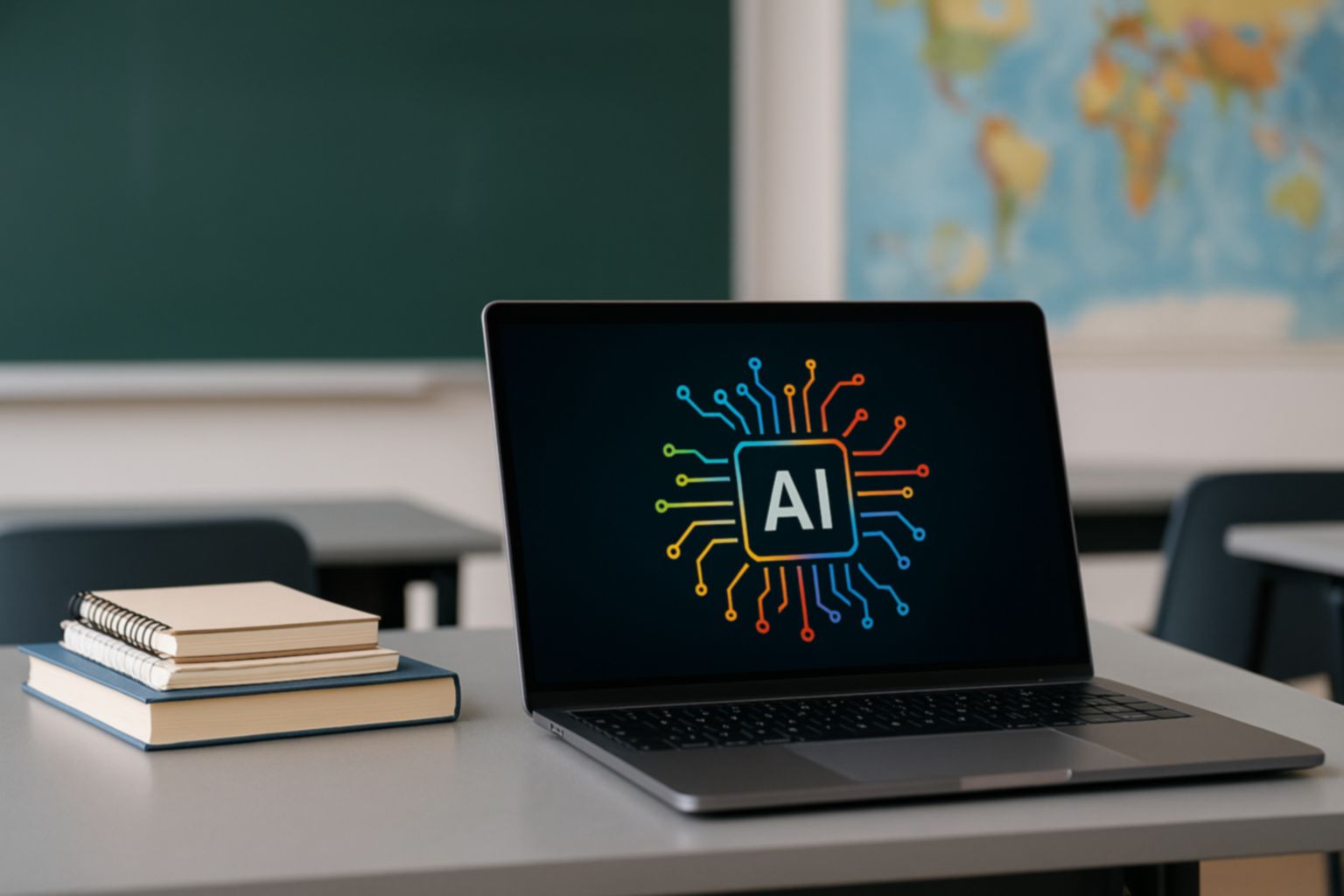
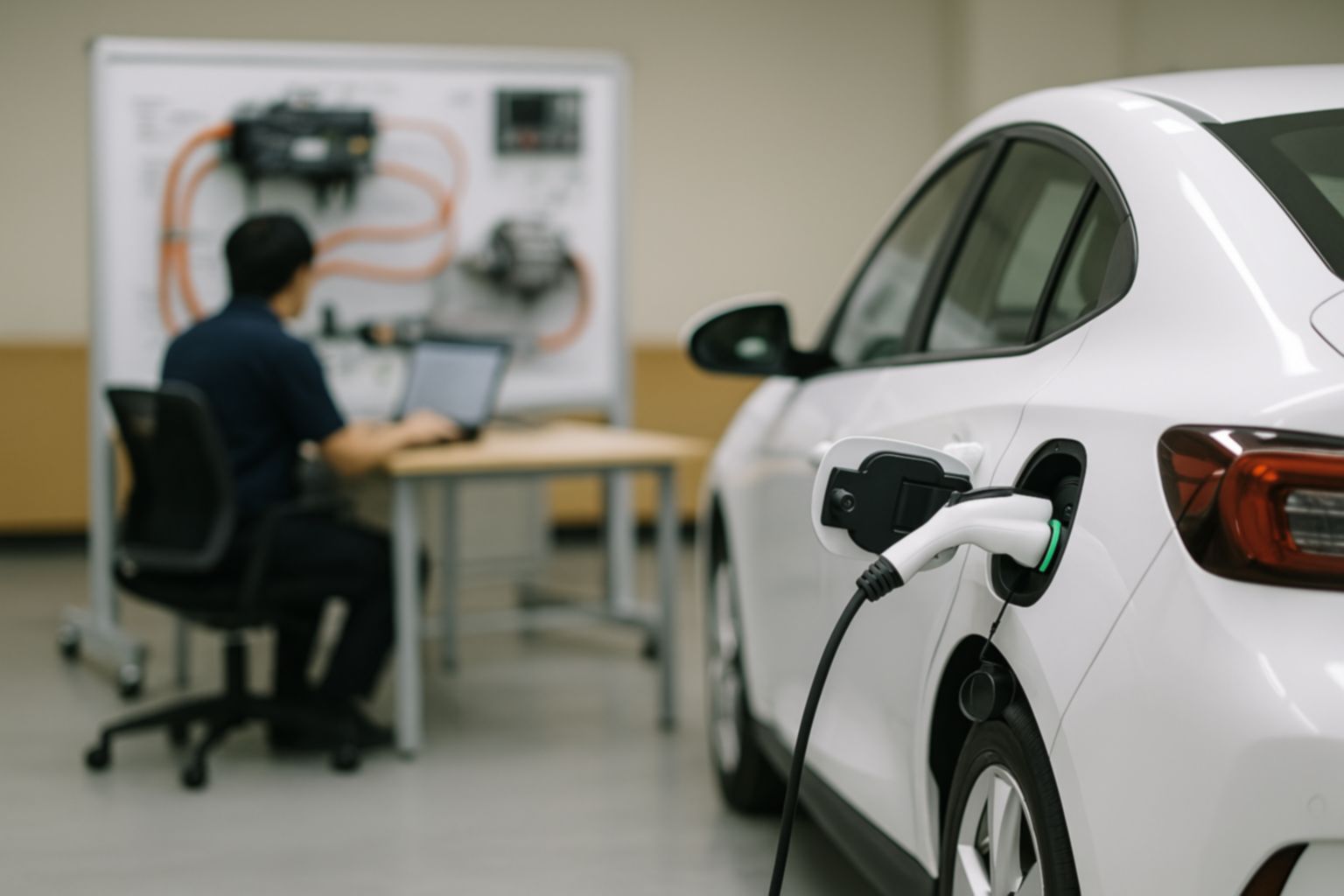



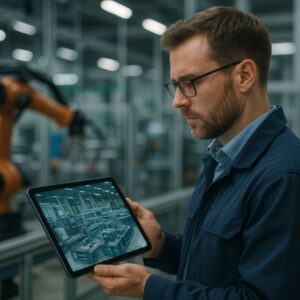
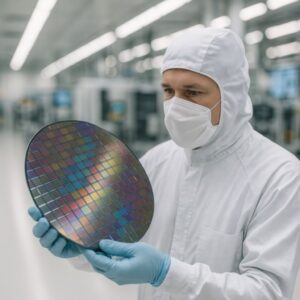

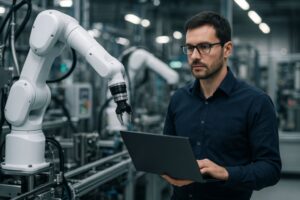
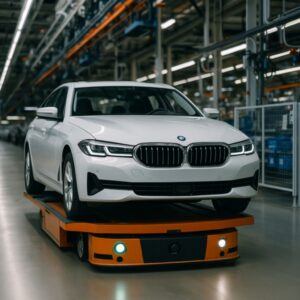

Kommentar veröffentlichen